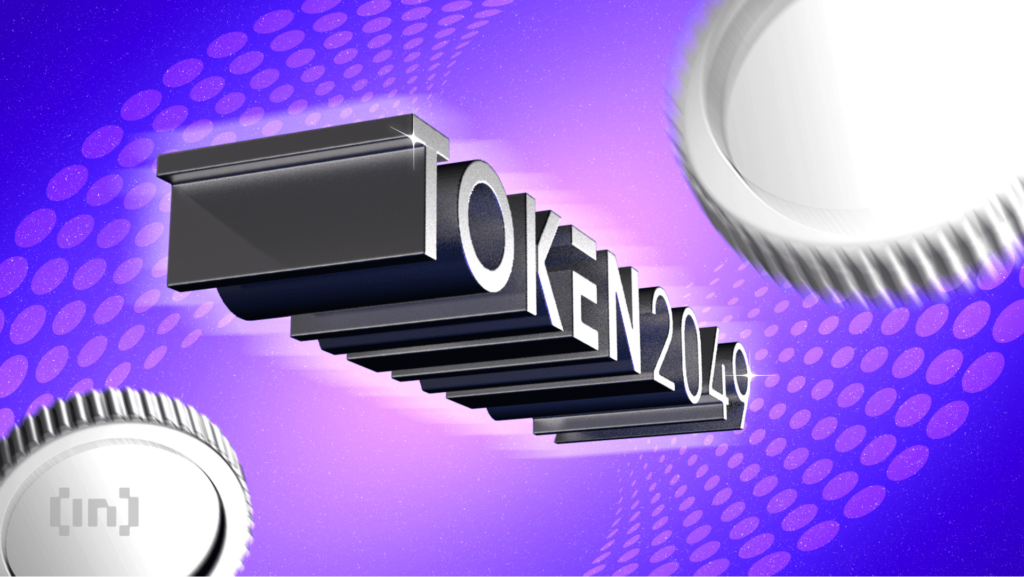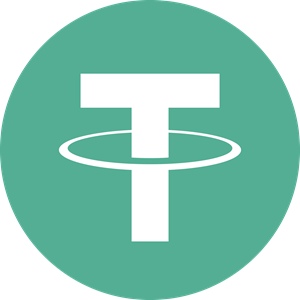Global Web3 Titans Gather at TOKEN2049: Key Insights from Experts

TOKEN2049 is one of the most popular Web3 events organized annually in Singapore and Dubai, both countries known for being blockchain-friendly.
The event brings together executives and founders of leading Web3 companies, who will share perspectives on the industry and provide updates on their unique projects. This allows Web3 enthusiasts to stay abreast of the latest global developments and broaden their perspective of the entire ecosystem.
The recent TOKEN2049 event in Dubai saw over 20,000 attendees and over 300 speakers. The event attracted more than 5,000 Web3 companies. Despite Dubai recording its heaviest rainfall in 75 years, the TOKEN2049 team and their co-founder Alex Fisk also made the event a reality.
The biggest highlight of the event came from Telegram CEO Pavel Durov and Tether CEO Paolo Arduino on stage launching $USDT and $XAUT in the TONE and Telegram ecosystems.
Key insights from TOKEN2049
Pavel Durov
Integration of blockchain technology
During the discussion, Pavel explained the importance of blockchain technology for Telegram as it allows developers to build applications on Telegram.
In fact, according to Pavel, this is one of the reasons why Telegram has embraced blockchain technology at such a deep level: it supports the values of the platform by empowering the people and enriching our ecosystem.
The results of this are already visible as 360 million of Telegram's 900 million active users interact with these mini-apps every day, and the number is expected to grow.
Using $TON for the creator program
Addressing the audience, Pavel highlighted the importance of blockchain technology, where Telegram gives 70% of revenue to creators to support Telegram's creator program. This is one of the most generous revenue sharing models in social media history.
Pavel spoke about the importance of being transparent with users, which is not the case on other social media platforms.
He pointed out how Telegram's algorithms were designed to support creators and help them reach their target audience. Something unique in its kind because they use Shadowban when other platforms don't share their narrative.
Also, according to Pavel, the best way to use $TON or TON Coin for payments is to easily withdraw it and transfer it to creators in different parts of the world. Through the Creators Program, Telegram aims to give back to its users and encourage creativity.
Ownership of usernames and NFTs
Another thing Pavel talked about in his speech to the audience was how Telegram used blockchain technology to spoof usernames and launch “anonymous number NFTs.”
This is the first time that Telegram-inspired users can “own” their usernames and do whatever they want, which generally includes selling their usernames to other users. In fact, users who bid on their usernames received 95% of the revenue, and combined with Telegram's anonymous number of NFTs, $350 million was sold.
Going forward, Pavel explained that Telegram will offer more NFTs with some real-life value because there is so much the world can do with NFTs that have yet to be discovered. Telegram releases new timeless tokens, making NFTs easily accessible to millions of users.
Marcin Kazmiercza
 Redstone Oracles“alt=” Redstone Oracles“>
Redstone Oracles“alt=” Redstone Oracles“>
Announcement of cooperation with Telegram and Tether
Similar to Tether, RedStone is partnering with the Telegram Open Network (TON). As RedStone is the only oracle supporting the expansion of decentralized finance on the Ton blockchain, the collaboration is extremely exciting for the entire ecosystem. This leaves room for more DeFi development on Telegram.
Redstone currently holds approximately $2 billion in on-chain assets and has ample potential to grow this number. The announcement came not from Marcin, but from Paolo Arduino, CEO of Tether, who confirms that the partnership is off to a good start.
Cooperation with EtherFi
While moderating a panel on Liquid Staking and Re-Staking, Marcin and the other founders made three notable announcements.
The first announcement was made by EtherFi CEO Mike. EtherFi is a popular re-stocking liquid on Ethereum. During the talk, Mike confirmed Ethereum's focus on EigenLayer expansion, with the door open to new re-storage platforms as well.
During the discussion, the second announcement was made by Brian, the CEO of Chorus One. Chorus One is a popular staking solution that works on over 50 decentralized networks. Brian spoke about the complexities of node operation with Dynamic Active Verified Services (AVS), and also confirmed that Chorus will use its 6 years of experience to navigate the space.
Finally, Marcin made a third announcement, in which he confirmed the rumors about Redstone's $500 million deal with EtherFi. The deal allows RedStone to deliver what it does best, which is to help EtherFi secure Oracle data on AVS.
Marcin said the deal's timeline will depend on M2 (withdrawals) and M3 (slashing) at EigenLayer. But the work will be completed around Q3 to Q4 2024 for the entire mainnet implementation.
Paolo Ardiono
 Taser“alt=” Taser“>
Taser“alt=” Taser“>
Tether development
During the presentation, Ardiono talked about the progress Teter has made so far and the reasons for where it plans to go in the coming years.
The first reason behind Tether's growth is its secure network, which is among the best. The security ensures that Tether will remain tied to the US dollar, and will not depreciate in the coming years. Tether has over $6 billion in equity and is 106% over-leveraged.
Tether also holds $90 billion in US T-bills, more than Australia and Spain combined. All these things ensure stability, therefore, are the reasons for the growth of Tether.
Secondly, Tether has perfect market conditions. Unlike banks, they accept people with as much cash as they have, which is convenient for economies with high inflation and little capital to begin with.
Tether's upcoming integration with Ton
Another thing Arduino talked about was Tether's upcoming integration with TON or The Open Network. This is a big step for Tether because it can easily reach hundreds of millions of users on Telegram.
Using tons results in lower fees, so Tether has set a fixed fee of less than 15 cents. Because it can scale to billions of users, there will be no changes based on traffic.
Ardiono emphasized that they chose Telegram because of the ecosystem Telegram has built. It already has a large community and is ready to welcome more users.
Additionally, since other companies are using banks and fiat to support their creators, this system is not scalable or empowering, as banks can withhold payments at will. This can be solved using Tether, making a truly win-win deal for both.
The goal is to provide users with a secure and fast way to send or receive money. Additionally, there is great potential for growth for both companies with this latest partnership.
Final thoughts of the TOKEN2049 event
Rounding out TOKEN2049, insights from industry pioneers such as Pavel Durov and Paolo Arduino highlight the transformative future for Web3. Their groundbreaking work with Telegram and Tether is paving the way for a decentralized and user-centric digital ecosystem.
The successful integration of $USDT and $XAUT into the TON framework promises improved currency exchange and wider reach, which represents a significant growth in digital transactions and content monetization.
The post Global Web3 Titans Gather at TOKEN2049: Key Insights from Experts appeared first on BeInCrypto.












